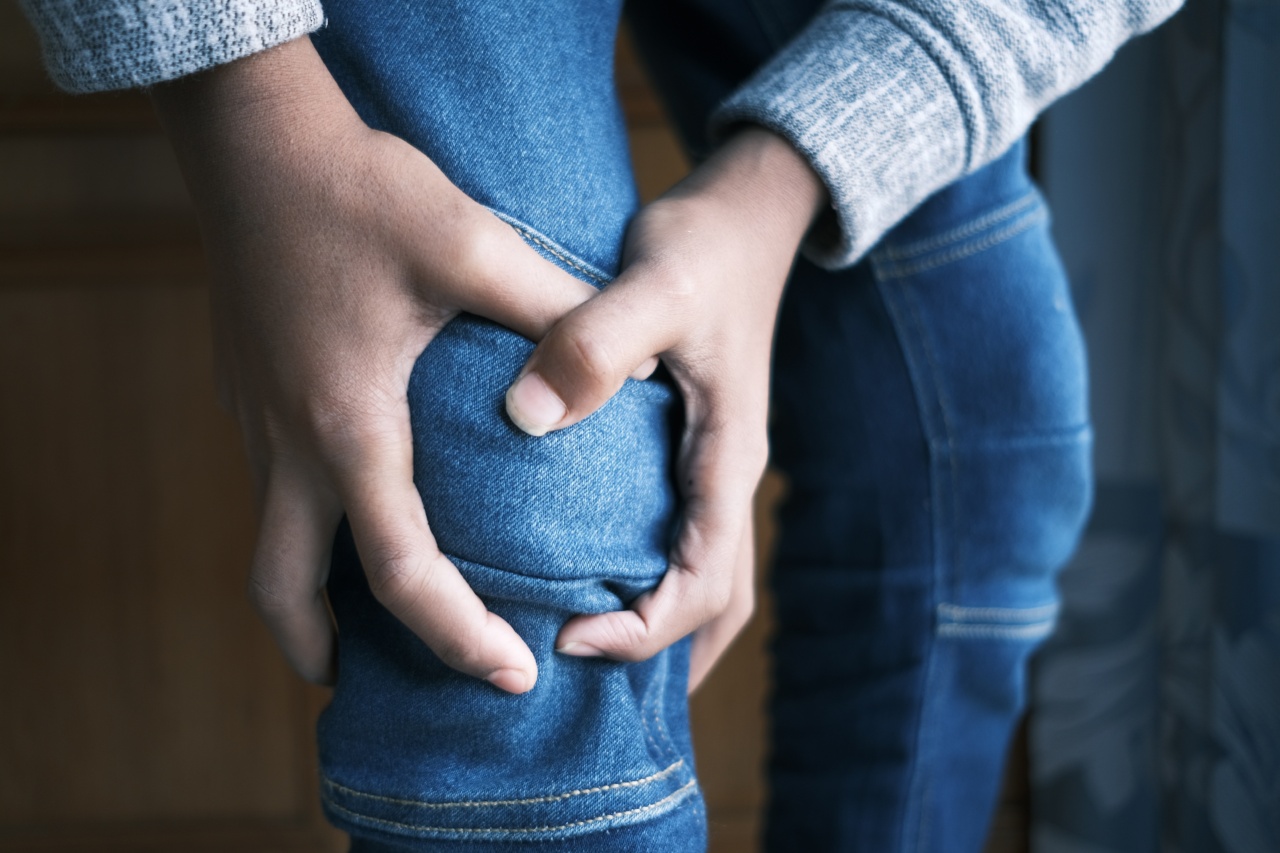Living with knee osteoarthritis can be challenging and painful. Osteoarthritis is a degenerative joint disease that affects millions of people worldwide.
It occurs when the cartilage that cushions the ends of the bones in the knee joint gradually wears away, leading to pain, stiffness, and limited mobility. While there is no cure for knee osteoarthritis, there are several strategies and lifestyle changes that can help reduce pain and improve quality of life. In this article, we will discuss some effective tips for pain reduction in knee osteoarthritis.
1. Maintain a Healthy Weight
Excess weight puts additional stress on the joints, especially the knees. Maintaining a healthy weight can help reduce the strain on the knees and lower the risk of further damage.
Losing weight through a combination of a balanced diet and regular exercise can significantly alleviate arthritis pain and improve mobility.
2. Exercise Regularly
Regular exercise is crucial for managing knee osteoarthritis pain. Low-impact exercises such as walking, swimming, and cycling can help strengthen the muscles around the knee joint and improve flexibility.
These exercises also promote the release of endorphins, which are natural painkillers produced by the body. Before starting an exercise routine, it is recommended to consult with a healthcare professional or a physical therapist to ensure safety and effectiveness.
3. Use Assistive Devices
Assistive devices such as walking aids, knee braces, and shoe inserts can provide support and stability to the knee joint. These devices help reduce pain and improve mobility by reducing the load on the affected joint.
Consult with a healthcare professional or an orthopedic specialist to determine which assistive devices are suitable for your condition.
4. Apply Heat or Cold Therapy
Applying heat or cold therapy to the affected knee can provide temporary relief from pain and inflammation. Heat therapy, such as using a warm towel or taking a warm bath, helps relax the muscles and alleviate stiffness.
Cold therapy, on the other hand, helps reduce swelling and numbs the area. Ice packs or cold compresses can be applied for short periods several times a day.
5. Maintain a Good Posture
Poor posture can worsen knee osteoarthritis pain. It is important to maintain good posture while sitting, standing, and walking. When sitting, ensure that the knees are at a 90-degree angle and supported by a footrest if necessary.
When standing, distribute the body weight evenly on both feet and avoid locking the knees. Practicing proper posture can help reduce strain on the knees and prevent further damage.
6. Modify Your Activities
Certain activities can exacerbate knee osteoarthritis pain. It is important to modify your daily activities to avoid unnecessary strain on the knee joint.
This may involve using proper lifting techniques, taking breaks during repetitive tasks, and avoiding activities that involve prolonged standing or kneeling. Listen to your body and know your limits to prevent worsening of symptoms.
7. Consider Physical Therapy
Physical therapy can be beneficial for individuals living with knee osteoarthritis. A physical therapist can provide personalized exercises and techniques to strengthen the muscles around the knee joint, improve balance, and enhance flexibility.
They can also teach you proper body mechanics to reduce stress on the knees during daily activities.
8. Incorporate Joint-Friendly Foods Into Your Diet
A healthy diet plays a crucial role in managing knee osteoarthritis pain. Including foods that promote joint health can help reduce inflammation and alleviate symptoms.
Foods rich in omega-3 fatty acids, such as fatty fish (salmon, mackerel), walnuts, and chia seeds, have anti-inflammatory properties. Similarly, incorporating turmeric, ginger, and green tea into your diet may provide natural pain relief.
9. Try Complementary Therapies
Several complementary therapies have shown promise in managing knee osteoarthritis pain. Acupuncture, for example, involves the insertion of thin needles into specific points of the body to stimulate natural pain relief.
Similarly, techniques such as massage therapy and chiropractic adjustments may help improve joint mobility and reduce pain. It is essential to consult with trained professionals before trying any complementary therapies.
10. Seek Support
Living with knee osteoarthritis can be emotionally and physically challenging. Seeking support from friends, family, or joining a support group can provide encouragement, advice, and understanding.
Sharing experiences and coping strategies with others facing similar challenges can make the journey more manageable.





























